The global stock market landscape on April 10, 2025, has been a study in volatility and uncertainty, with major indices experiencing significant fluctuations influenced by a variety of economic, political, and market factors.
The US Stock Market: A Tale of Turbulence
The US stock market has been a focal point of this volatility. The Dow Jones Industrial Average (Dow) and the S&P 500 have been particularly affected by ongoing trade tensions and policy uncertainties. On April 5, the Dow experienced a significant drop of 350 points, while the S&P 500 fell for the third consecutive day. This downward trend was largely driven by concerns over tariffs and their potential impact on corporate earnings and economic growth.
The Nasdaq Composite has also seen substantial swings, reflecting the broader market's unease. The technology-heavy index has been particularly sensitive to trade-related news, as many of its constituents are heavily reliant on global supply chains. The uncertainty surrounding tariffs has led to a "wait-and-see" approach among investors, resulting in a lack of sustained upward momentum.
European Markets: A Mixed Bag
European stock markets have mirrored the volatility seen in the US, with indices such as the DAX in Germany and the CAC 40 in France experiencing notable fluctuations. The DAX, for instance, has seen a decline of around 3% in recent sessions, reflecting broader concerns over the global economic outlook. The Stoxx Europe 600 index has also been under pressure, with sectors such as banking and industrials facing particular headwinds.
The UK's FTSE 100 has not been immune to these global trends. While it has shown some resilience due to the relative strength of the UK economy, it has still been subject to significant daily swings. The index's performance has been influenced by a combination of domestic economic data and the broader geopolitical environment.
Asian Markets: Navigating Uncertainty
In Asia, the situation has been equally complex. The Shanghai Composite and the Shenzhen Component indices in China have seen mixed performances, with gains in some sessions offset by losses in others. The Hang Seng Index in Hong Kong has also been affected by global sentiment, particularly in relation to US-China trade relations.
Japan's Nikkei 225 has faced its own set of challenges, with the index experiencing significant declines in recent days. The yen's strength has added to the woes of Japanese exporters, further dampening market sentiment. The broader East Asian region, including markets in South Korea and Taiwan, has also seen a degree of instability, reflecting the interconnected nature of global financial markets.
Factors Driving Market Volatility
Several key factors have contributed to the current state of global stock markets. The ongoing trade tensions between major economies, particularly the US and China, have created a high degree of uncertainty. Investors are wary of the potential for further tariff increases and the subsequent impact on corporate profitability and economic growth.
Economic data releases have also played a role in shaping market sentiment. Mixed signals from various economies have made it difficult for investors to gauge the true state of the global economy. While some indicators point to a potential recovery, others suggest ongoing challenges.
Additionally, geopolitical tensions have added another layer of complexity. Issues such as political instability in certain regions and the potential for policy changes have kept investors on edge. This has led to a heightened sensitivity to news and a tendency for markets to react sharply to any perceived changes in the economic or political landscape.
The Way Forward
Navigating this volatile environment requires a careful and nuanced approach. Investors are increasingly looking for opportunities in defensive sectors, such as healthcare and consumer staples, which are perceived to be more resilient to economic downturns. At the same time, there is a growing focus on emerging markets, which offer potential for higher returns despite the associated risks.
Corporate earnings will also be a key factor in determining the direction of stock markets in the coming months. Companies that can demonstrate strong fundamentals and adaptability in the face of economic uncertainty are likely to outperform their peers. Conversely, those that are heavily exposed to trade risks and economic volatility may face significant challenges.
The global stock market on April 10, 2025, is a complex and dynamic environment shaped by a multitude of factors. While the immediate outlook remains uncertain, long-term investors may find opportunities in sectors and regions that can weather the current storm. As always, staying informed and maintaining a diversified portfolio will be key to navigating these turbulent times.

By Samuel Cooper/Apr 10, 2025

By Noah Bell/Apr 10, 2025
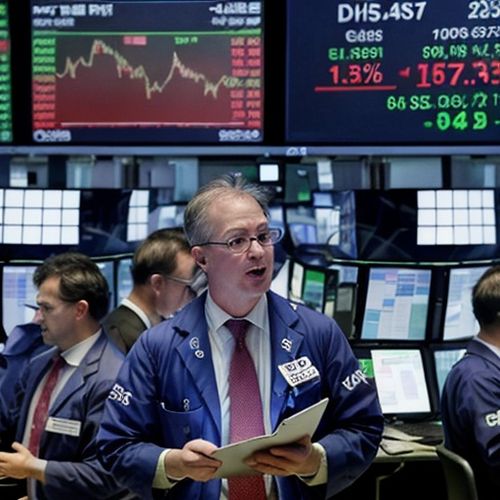
By Sarah Davis/Apr 10, 2025
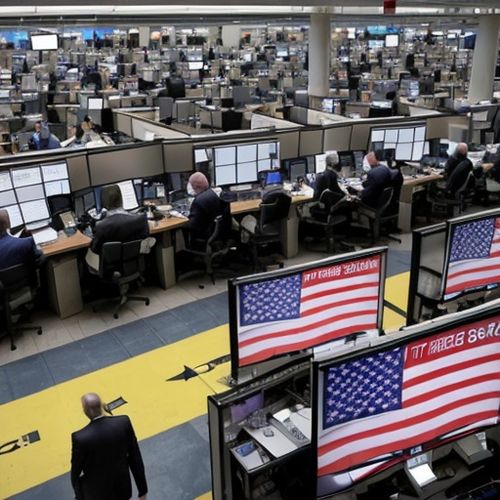
By Noah Bell/Apr 10, 2025
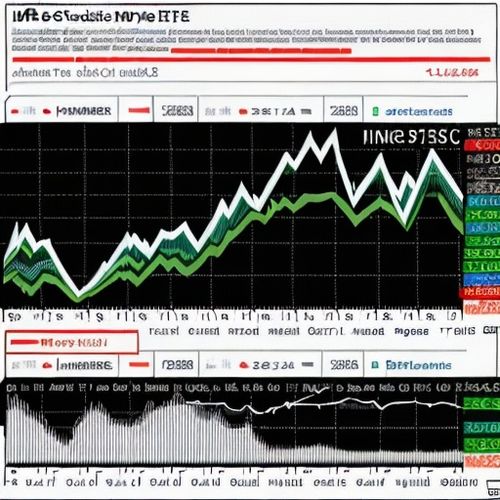
By Rebecca Stewart/Apr 10, 2025

By Lily Simpson/Apr 10, 2025

By Christopher Harris/Apr 10, 2025

By Emma Thompson/Apr 10, 2025

By Olivia Reed/Apr 10, 2025
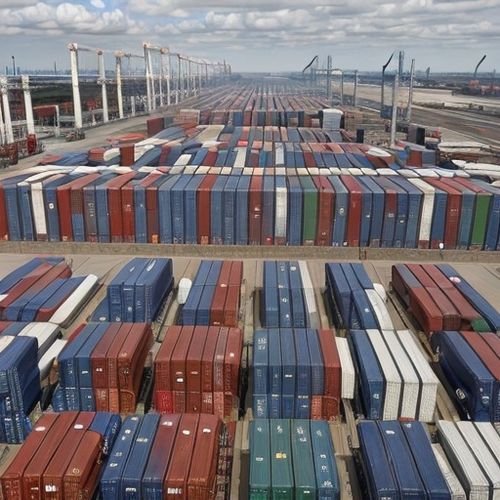
By Eric Ward/Apr 10, 2025

By Victoria Gonzalez/Apr 10, 2025

By Jessica Lee/Apr 10, 2025

By Sophia Lewis/Apr 10, 2025
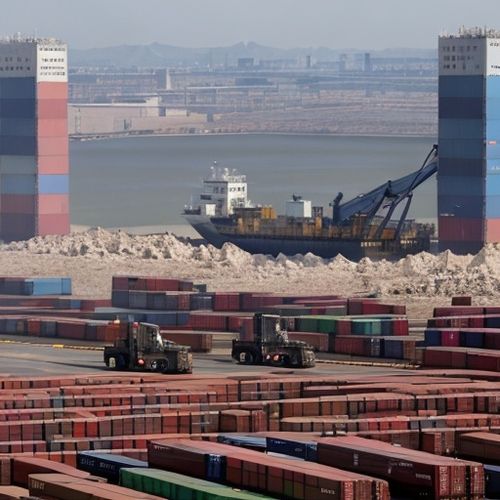
By Eric Ward/Apr 10, 2025
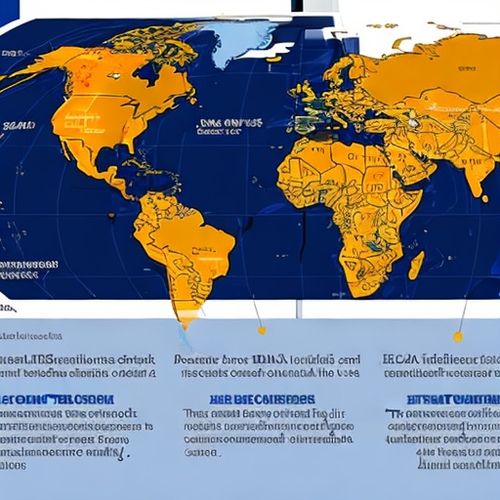
By William Miller/Apr 10, 2025

By James Moore/Apr 10, 2025